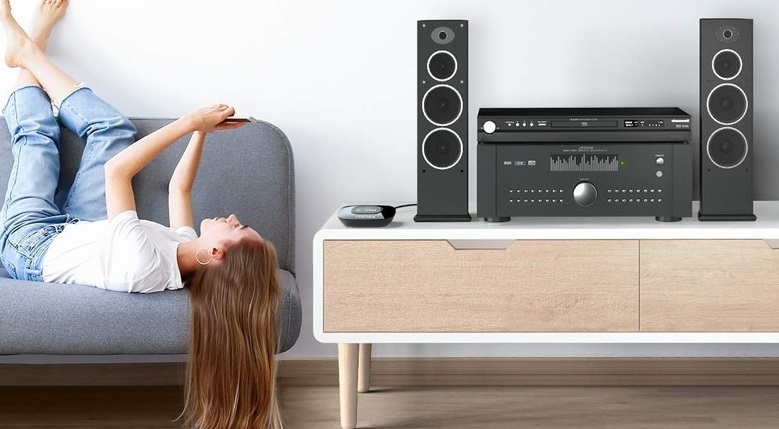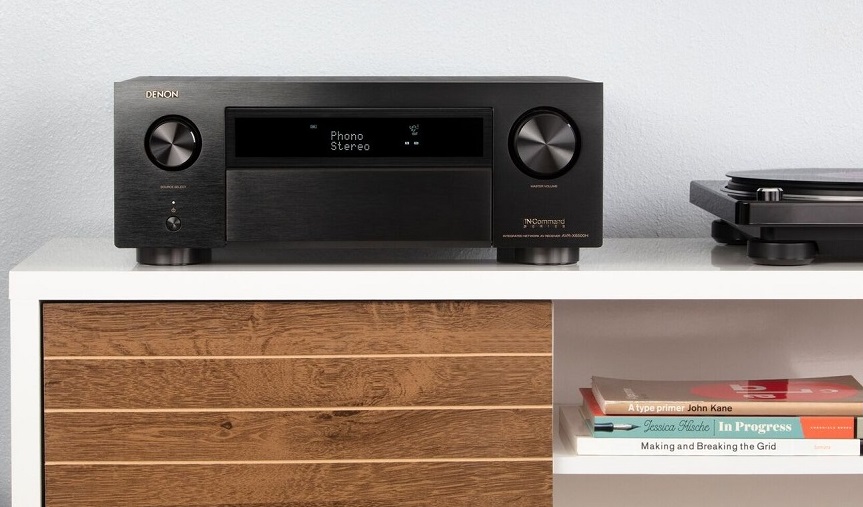How Much Power Does My Receiver Need?

When choosing a home theater, power of the receiver should be one of the first point to consider when looking for.
However, several factors come into play in determining the right power requirement, both for the AV amplifier, but also for the audio system. It is necessary to know the amplification specifications.

Power and RMS
The benchmark for the receiver`s power remains the RMS – an average continuous power that a speaker or an amplifier can handle without damage. First of all, you must always check that the amplifier is powerful enough to work with all the speakers, regardless of their size. In this sense, the power in Watts RMS must be equal to the sum of the power of each speaker.
Measured in watts, the power of an AV amplifier is a measure that quantifies the energy it produces. To put it simply, one watt = Voltage (volt) x Amperage (ampere).
Some receivers are capable of generating much more total power than others. Based on this fact, many people believe that more powerful the louder the sound will be. But this is not entirely true, the impedance and power of each channel play an important role.

Impedance
Power is also measured at a certain impedance. For most home theater receivers, the impedance is measured at 8 ohms. This impedance should match the impedance of an audio system. Here is an example of a typical power specification: 100W x 7 into 8 ohms (20-20k) at 0.05% THD.
Power per channel
The watts per channel tells us how much power an amplifier can deliver to the speakers on each output channel. Home theater receivers can range from about 20 to 200 watts per channel, or more. Obviously, the higher the power, the more powerful the amplifier will be.
Ideally, you should look for high power measured at low distortion (typically between 0.02% and 0.08% THD (total harmonic distortion).
